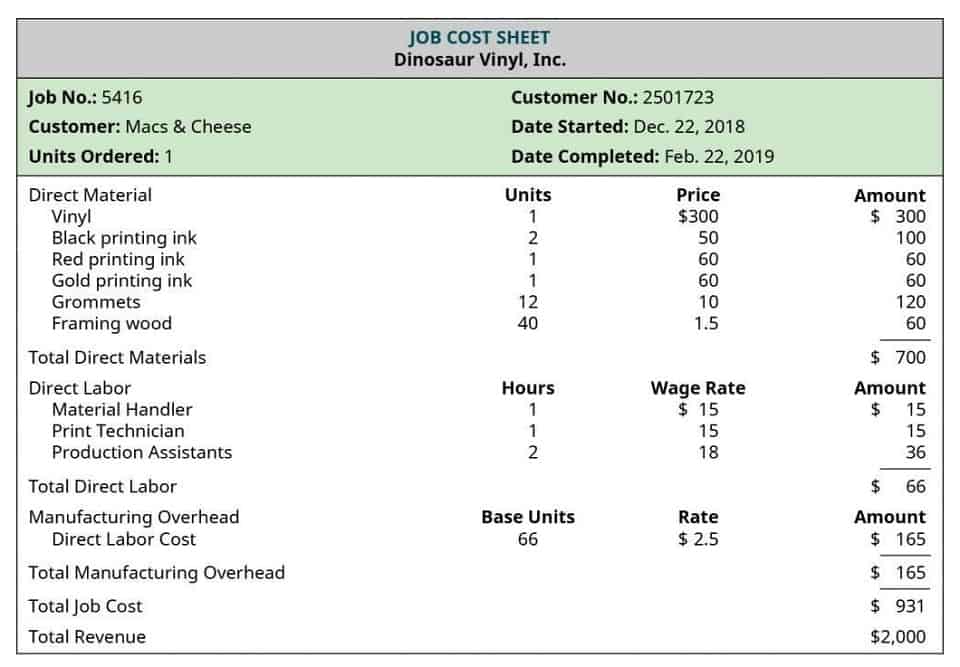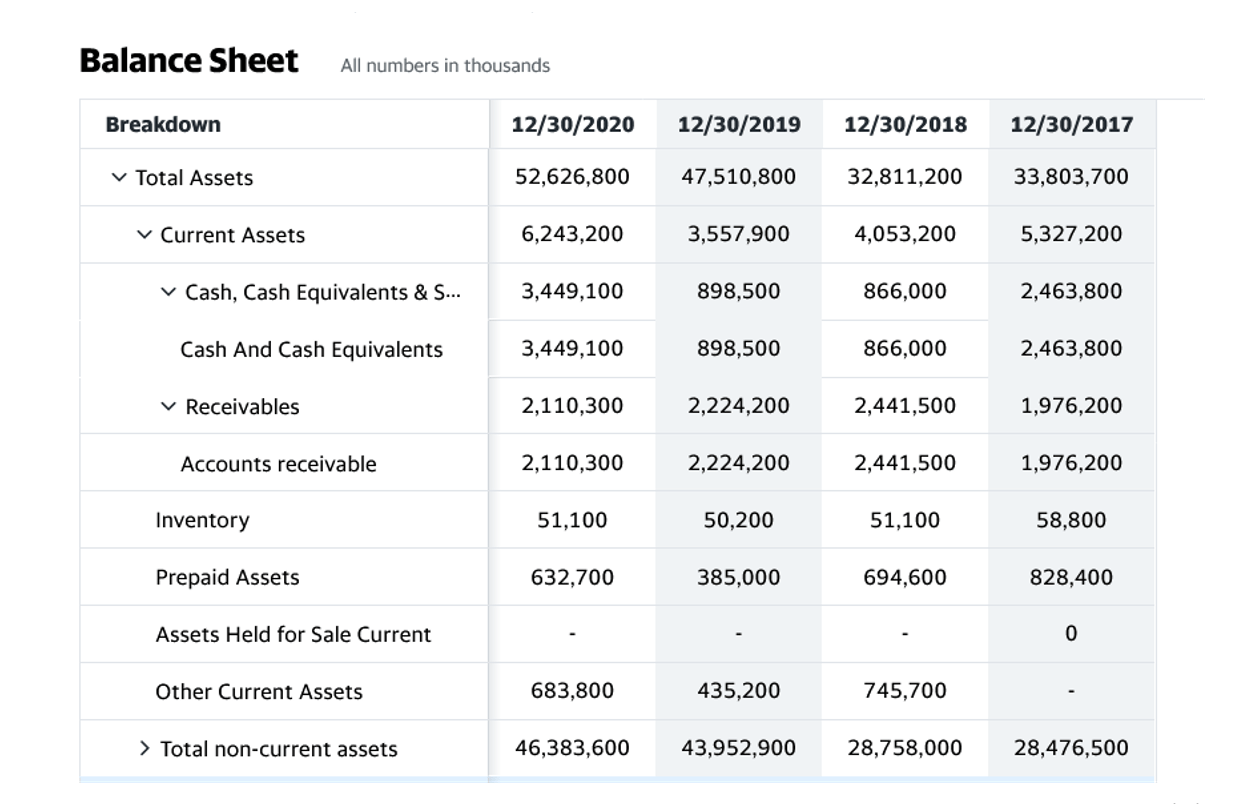Beginner’s Guide to Hedging: Definition and Example of Hedges in Finance

In other words, the hedge is 100% inversely correlated to the vulnerable asset. This is more an ideal than a reality on the ground, and even the hypothetical perfect hedge is not without cost. Basis risk refers to the risk that an asset and a hedge will not move in opposite directions as expected. The best way to understand hedging is to think of it as a form of insurance. When people decide to hedge, they are insuring themselves against a negative event’s impact on their finances.
Although they are initially expensive, they are useful for long-term investments. Long-term put options can be rolled forward to extend the expiration date, ensuring that an appropriate hedge is always in place. However, this practice does not decrease the investor’s downside risk for the moment. If the stock hedge inventory price declines significantly in the coming months, the investor may face some difficult decisions. They must decide if they want to exercise the long-term put option, losing its remaining time value, or if they want to buy back the shorter put option and risk tying up even more money in a losing position.
Hedge effectiveness
Accurate forecasts aid in making informed decisions on ordering and stocking inventory. Safety stock mitigates the effects of unexpected demand or supply shortages, prevents stockouts and maintains customer satisfaction. The complexity of day-to-day hedging in commodities can easily overwhelm its logic and value. To avoid such problems, a broad strategic perspective and a commonsense analysis are often good places to start. This approach can make financial statements simpler, as they will have fewer line items, but some potential for deception exists since the details are not recorded individually. Hedge inventory is formed from the word ‘hedging’, which refers to lowering or managing risks.

Futures, forwards, and options contracts are common types of derivatives contracts. Portfolio managers, individual investors, and corporations use hedging techniques to reduce their exposure to various risks. In financial markets, however, hedging is not as simple as paying an insurance company a fee every year for coverage.
Hedge Accounting and Foreign Exchange Risk
Yet, hedge accounting under IAS 39 can help decrease the hedging tool’s volatility. However, the treatment of hedge accounting for hedging tools under IAS 39 is exclusive to derivative instruments. For most investors, hedging will never come into play in their financial activities. Many investors are unlikely to trade a derivative contract at any point. Part of the reason for this is that investors with a long-term strategy, such as individuals saving for retirement, tend to ignore the day-to-day fluctuations of a given security. In these cases, short-term fluctuations are not critical because an investment will likely grow with the overall market.
Ackman cited the company’s profit, noting it was 59% above pre-COVID levels, partially driven by average daily revenue per room that is 13% higher than in 2022. Founded in 1993, The Motley Fool is a financial services company dedicated to making the world smarter, happier, and richer. The Motley Fool reaches millions of people every month through our premium investing solutions, free guidance and market analysis on Fool.com, top-rated podcasts, and non-profit The Motley Fool Foundation.
What Is a Cash Flow Hedge?
This should be the issue; currently, accounting, commercial, and hedging treatments are all at odds with one another and have very unexpected results. Now, due to quality non-adherence discovered in a particular sample during the factory audit, the producer is compelled to temporarily halt production. However, because there is ongoing and unabated demand from end users, regardless of the season, stores began stocking the product in four times the usual amount. Obsolescence occurs when a business’s inventory is no longer usable or sellable. At that point, a company will often write the inventory off as a loss or liquidate it.
- The purpose of a hedge is to protect; thus, a hedge position is undertaken to reduce risk.
- One of the world’s most successful hedge fund managers has one of the most concentrated portfolio’s in the business.
- As a result, the cost of many hedging programs far exceeds their benefit.
- Hedging in the stock market is a technique to preserve your portfolio, which is frequently just as vital as portfolio growth.
- In some cases, the one placing the hedge owns the commodity or asset, while other times the hedger does not.












